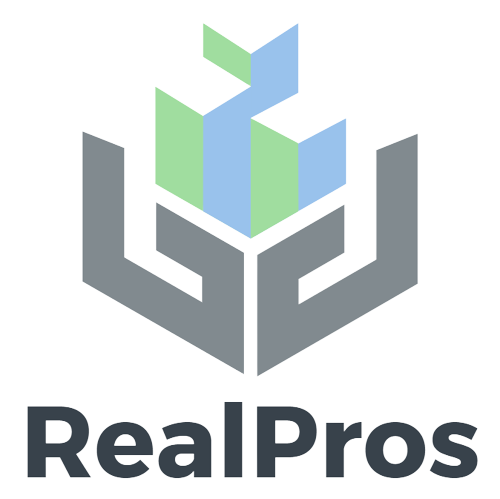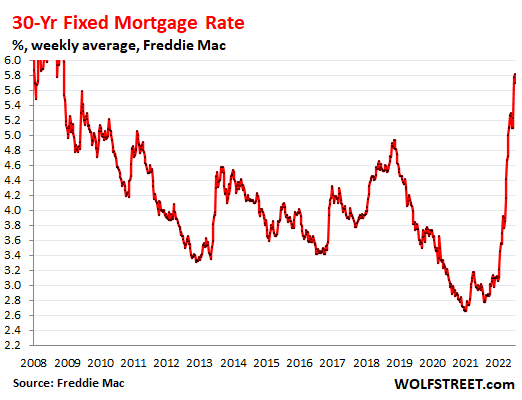Homebuilders turn to incentives to draw in priced-out buyer pool

Homebuilders continue to see sales momentum — despite surging mortgage rates and persistent affordability challenges — in part because they’re pulling out the stops to lure buyers and ensure deals cross the finish line.
While a growing share of buyers have been locked out of the housing market because of rising mortgage rates, persistent home-price appreciation and a lack of existing-home inventory, the current environment also is creating some tailwinds for builders that can offer more competitive financing.
Housing starts increased 7% in September to a seasonally adjusted annual rate of 1.36 million units, according to the Department of Housing and Urban Development and U.S. Census Bureau data.
In fact, 31% of homes available for sale in August were new construction, compared to a historical average in the 12% to 14% range, according to the National Association of Home Builders — underscoring how little inventory is on the market right now.
Still, the association noted, higher interest rates are affecting builders’ ability to move forward with their projects, as the number of single-family homes under construction in September was 674,000, about a 15% decline from a year ago.
The most recent National Association of Home Builders/Wells Fargo Housing Market Index, a monthly survey of U.S. homebuilders, found builders are using a range of incentives to lure buyers and avoid sale cancelations. The most prominent incentive is to pay closing costs or fees, which 34% of respondents said in the October survey they were currently doing.
Keep up with the latest real estate trends and headlines by signing up here for The National Observer: Real Estate Edition.
Other popular incentives being used by builders include offering options or upgrades at no or reduced cost (32%); discounted home prices or reduced margins (31%); mortgage rate buydowns (29%); and absorbing financing points for buyers (21%).
Among the 32% of builders who said they’ve reduced home prices to bolster sales volume or limit cancelations, the biggest share — 38% — said they reduced prices by 6% or more.
Builders draw in new business
Some of the nation’s biggest builders employing incentives are seeing their bets pay off.
Atlanta-based Pulte Group Inc. (NYSE: PHM) in its recent third-quarter earnings call said new home orders during the three months ending Sept. 30 increased 43% compared to the same period in 2022, reports the Atlanta Business Chronicle. Specifically, orders from first-time homebuyers increased 53% year-over-year, Bob O’Shaughnessy, the builder’s chief financial officer, said during the call.
“[T]he permanent 30-year buydown is probably a most powerful incentive,” said Ryan Marshall, president and CEO of Pulte, during the call. “Right now, we’ve got national incentives that offer 5.75% on a 30-year fixed [rate].”
He called that offer a “pretty powerful” option for buyers because of the 8% mortgage rate that’s typical right now and the ability for buyers to buy a new home at a lower rate. He said Pulte is redistributing concessions that’ve historically been offered toward countertops and cabinets to interest-rate incentives.
At Miami-based Lennar Corp. (NYSE: LEN), executives during the company’s third-quarter earnings call in September said they’re using mortgage concessions in every market where the builder operates, but there are differences by region.
In Florida, the Carolinas, parts of Texas and other markets with immigration and strong job growth, concessions aren’t needed as much, said Jon Jaffe, Lennar’s co-president and co-CEO. But in places that’ve seen a bigger housing-market shift — Jaffe pointed to Austin, Texas; Boise, Idaho; and parts of California — they’ve had to use incentives more frequently.
“[W]e’re able to achieve our desired pace by managing those levers with each individual buyer at each community, home-by-home basis, to find the right monthly payment for them to deal with their mortgage qualification issues, get them locked into a loan and to hit our production levels,” Jaffe said.
Even builders that don’t frequently offer rate buydowns are offering them in select cases to give buyers certainty on the cost of their home at closing amid surging mortgage rates.
At Los Angeles-based KB Home (NYSE: KBH), which reported its third-quarter earnings in late September, new orders in the third quarter grew by 7%, to 4,746 units. The average sales price of new orders in the third quarter was $456,100, an increase of 1% from the third quarter of 2022.
Within KB Home’s built-to-order business, there aren’t many financing concessions, said Jeff Mezger, chairman, president and CEO of KB Home, during the company’s earnings call. But for what the builder calls “inventory” homes, ones farther along in the development cycle and closer to closing, they’ve continued to offer incentives, he said.
“[T]hat’s where you fall into that situation where you typically have to offer some type of financing concessions or mortgage concessions … to move that inventory,” Mezger said.
Rob McGibney, executive vice president and chief operating officer at KB Home, estimated the builder’s mortgage concessions rate was flat quarter-over-quarter, at about 1.6%.
Despite only offering incentives on a small percentage of its inventory, KB Home raised prices in 65% of its communities and decreased prices in only 10% in the third quarter, McGibney said.
“We offered mortgage concessions as needed, primarily in cases where the buyer did not qualify,” he said. “Anecdotally, we hear from our teams in the field that buyers are compelled by the combination of the best price and value, not just the best interest rates.”
These are the nation’s hottest housing markets, based on our weighted formula looking at pricing momentum


